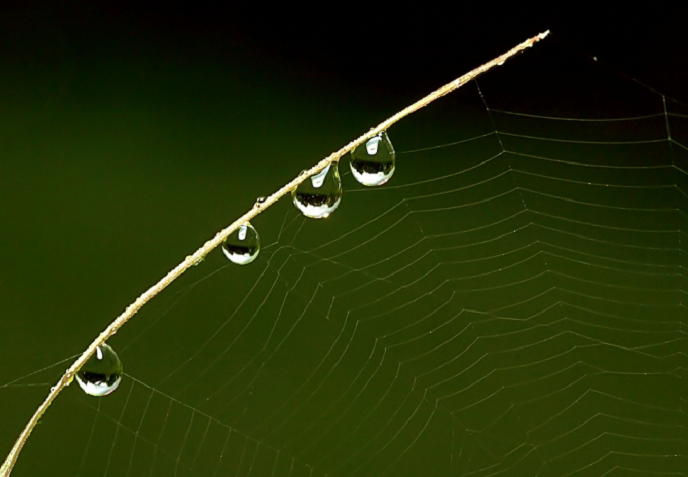Mist.. Is it fog or a small cloud? Well, it could be both. A very thin fog is called mist or cloud on the ground can be mist. Well, how are they formed? When warm air comes in contact with the cold surface, or damp air becomes cold (again coming in contact with the cold surface). Mist formation is highly dependent on the weather. If the temperature goes down a little the mist forms, and as the temperature rises the mist disappears. So how do we know about the thickness of mist? Depends on how far you can see within it. If the visibility is within a kilometer, the mist is thin, if it is only 200 meters it is thick. If you can hardly see anything its mist’s big brother fog. Look at the beautiful mist covered Cuillin Mountains on The Isle Of Skye in Scotland.
http://www.youtube.com/watch?v=vBaotAJ9zBo
Did you know that there are volcanic mists as well? The hot water vapor spewed out from a volcano amongst gases and lava is called Volcanic mist. Sometimes hot geysers or steam vents emit volcanic mists. Imagine the watery clouds you can glide through. Heavenly! You can see Gorillas in the mist at the Mountain Gorillas of the Volcanoes National Park in Rwanda. No points for guessing that the famous movie Gorilla’s in the mist (1988) with Sigourney Weaver was shot here.

Have you ever walked on grass or under a tree in the early morning? It’s wet. So does it rain all night? Nope. Hanging from spider webs what is it then? It is dew drops. Dew happens when the ground is cold. The air around the ground comes in contact with it. Water vapor in the air condenses and tiny drops of water fall over everything. The water vapor from the plants combine with the water vapor in the air and make big drops on leaves, flowers or grass.When the temperature falls sub zero, you get ready for frostbite as the dew drops freeze into crystals of frost.
On cold and wet nights, the frost and dew cover everything. This cover that gives a sparkling, shining look to its surroundings is called hoar.
While dew is harmless, the frost and hoar frost are a danger to farmers and growers. If they occur early in the autumn or late in spring, they can endanger the flowering and damage the harvest of the next year.
An instrument that is used to measure dew is called a drosometer. Sometimes people harvest the dewdrops. Why? Because it can be a source of clean drinking water. In olden times, people used big stone piles in Ukraine, medieval “dew ponds” in southern England to catch dew. Wow!





Leave a Reply